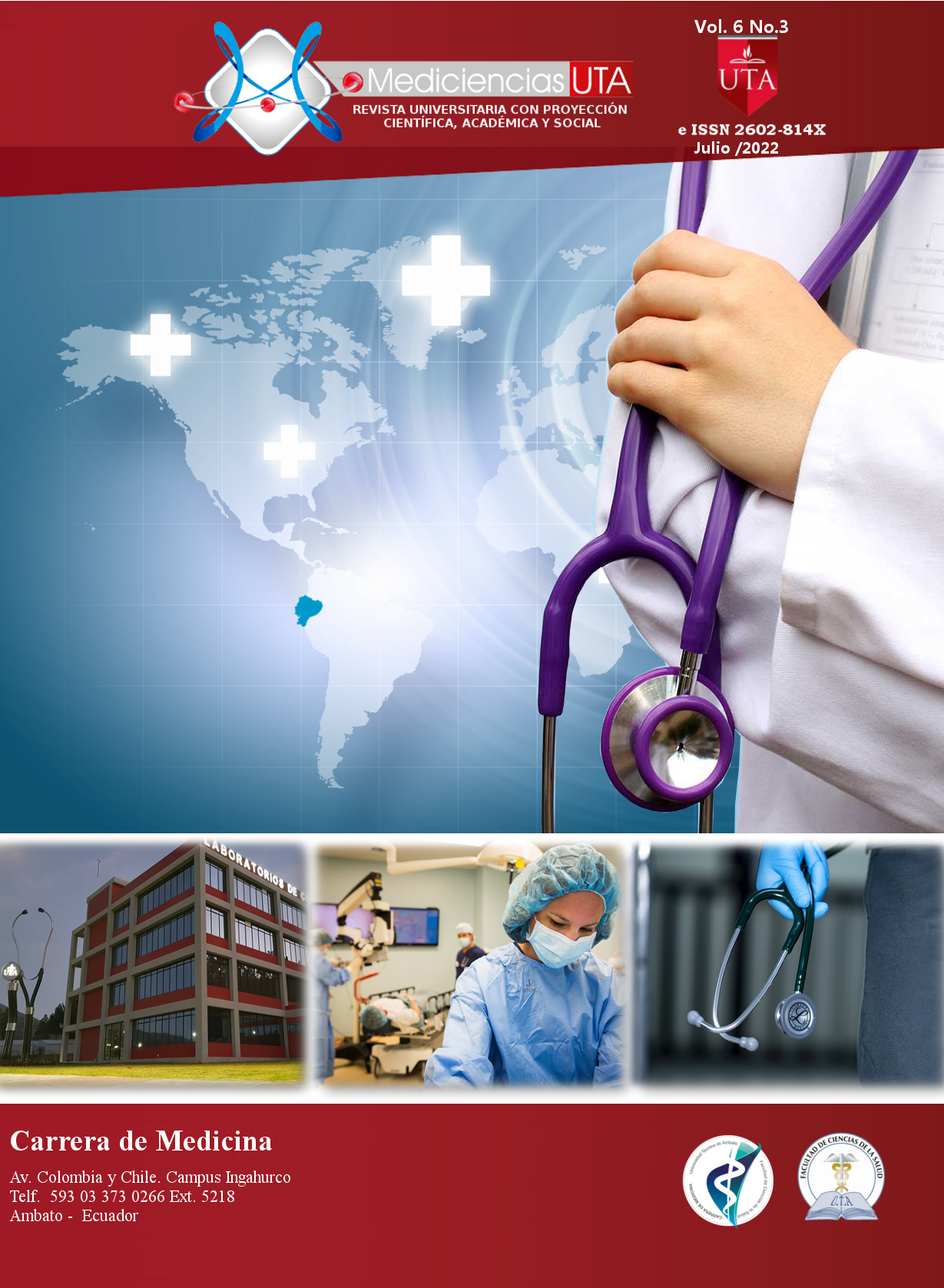Core training for the axis of the spine in the personnel of the SIS-ECU 91
Main Article Content
Abstract
Introduction: The Core or spine stabilization is the set of multiple musculoskeletal structures that fulfill the function of optimizing balance and coordination, stabilizing the spine, especially in the lumbar and pelvic areas, and also resists internal and external forces.
Objective: To determine the effects of the CORE training in the personnel that works in the SIS ECU-911 of the Province of Tungurahua.
Materials and methods: The study population consisted of 72 participants ranging in age from 23 to 46 years of age. Prior to the intervention, the following evaluations were carried out: Eva Test, Biering-Sorensen Test, these tests were applied at the beginning, during and at the end of physiotherapy training. The CORE exercise program was worked on with the patients for three months from Monday to Sunday, in the first and second week the exercises were applied once a day and from the third week it was applied twice a day, for 30 minutes with a total of 59 sessions.
Results: When carrying out the final evaluations of each patient, positive results were achieved, in relation to the initial evaluations, observing a decrease in pain specifically in the lumbar area, strengthening of the extensor muscles of the spine and an increase in balance.
Conclusions: The effects of CORE training in the personnel working in the SIS ECU-911 of the Province of Tungurahua were determined, which were focused on the following triad: decrease in pain, increase in balance and strengthening of the extensor muscles.
Downloads
Article Details

This work is licensed under a Creative Commons Attribution-NonCommercial-ShareAlike 4.0 International License.



